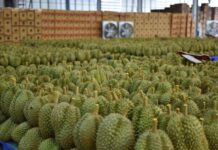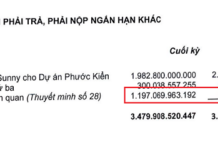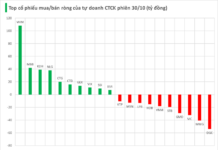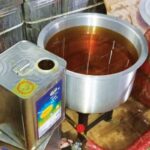This research sheds light on an underrecognized pathway of exposure and health threat from microplastics.
The study, published in Plos One, estimates that humans may inhale up to 68,000 microplastic particles daily. While previous studies have identified larger microplastics in the air, they were not considered a significant health threat as they don’t remain airborne for long or penetrate deep into the respiratory system.
However, smaller particles measuring 1 to 10 micrometers—equivalent to about 1/7th the thickness of a human hair—pose a greater health risk as they can easily disperse throughout the body. The research team writes that these findings suggest the impact of inhaling microplastics on health may be more severe than previously thought.

(Image: Et illuminare)
“We were quite surprised by the amount of microplastics we found—it was much higher than previous estimates,” said Nadiia Yakovenko, a microplastics researcher and co-author of the study at the University of Toulouse in France. “These particles are so small and can easily penetrate body tissues. This is dangerous because they can enter the bloodstream and reach the respiratory system.”
Microplastics are tiny plastic particles that are either intentionally added to consumer products or result from the breakdown of larger plastics. These particles contain around 16,000 plastic chemicals, many of which—such as BPA, phthalates, and PFA—pose serious health risks.
These substances have been found throughout the human body and can cross the placenta and brain barriers. While food and drinking water were thought to be the primary exposure routes, this new research highlights the risks from air pollution. Among other issues, microplastics have been linked to chronic lung inflammation, which can lead to lung cancer.
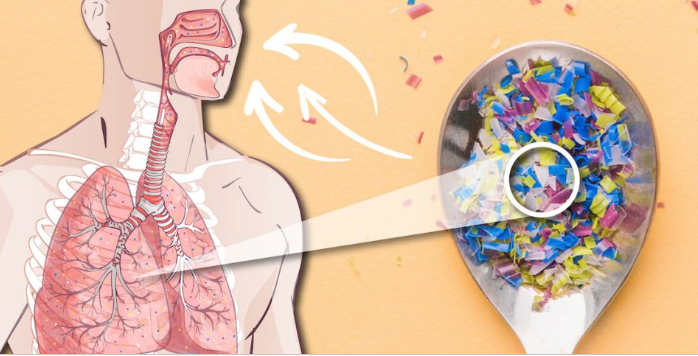
(Image: Et illuminare)
The concentration of microplastics in indoor air is significantly higher than that of outdoor air—a concern, according to the study authors, given that humans spend approximately 90% of their time indoors. Yakovenko attributes the higher indoor concentrations to the enclosed environment with high plastic content in a small space and generally inadequate ventilation.
The study measured air in several rooms of apartments as well as in car cabins while the authors drove. Emission sources for microplastics in the apartments were attributed to plastic degradation from consumer products, ranging from clothing and kitchenware to carpets.
Almost any human activity can disperse microplastics due to their lightweight nature. Higher concentrations of microplastics were found in an apartment with two occupants since almost any human activity can disperse the particles. Smaller particles remain airborne longer due to their lighter weight. Meanwhile, the concentration of microplastics in car cabin air was about four times higher than in the apartments.
While it’s impossible to avoid all microplastics in the air, exposure can be minimized by removing as much plastic from the indoor environment as possible. Opt for products made from wood, metal, natural fibers, or other alternative materials.
Reducing microplastic concentrations in cars is more challenging. Opening windows can help ventilate the cabin, but it may also allow microplastic pollution from tires to enter.
A Horrifying Dining Experience: A Mother and Daughter’s Encounter with a Strange Noodle-Filled Tom Yum Hot Pot at a Laotian Restaurant
Imagine discovering that the hot pot you were about to indulge in had already passed through the mouths of several previous diners. This shocking revelation would undoubtedly leave any discerning food enthusiast aghast and questioning the hygiene standards of the establishment.


